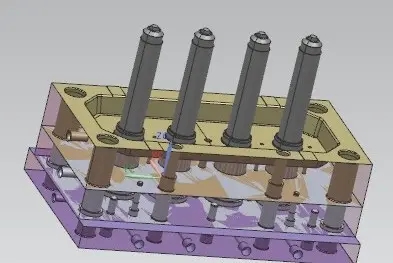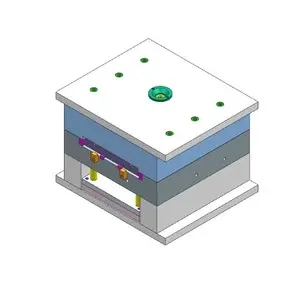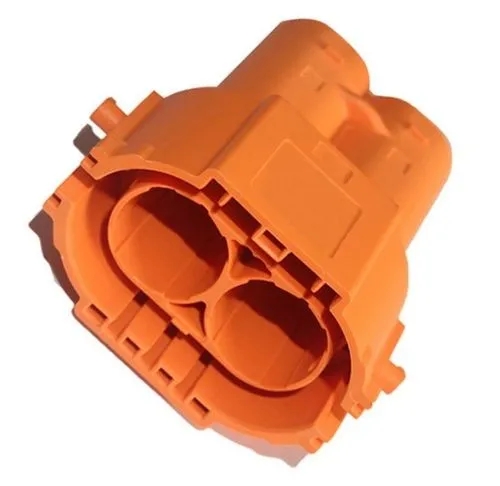- Apr 11, 2024
Plastic injection molding is a widely used manufacturing process for producing plastic parts in large quantities with high precision and efficiency. From automotive components to consumer goods, injection molding plays a vital role in the production of a wide range of products. In this article, we'll explore the various steps involved in the plastic injection molding process, highlighting the key stages and considerations along the way.
1. Mold Design and Creation
The first step in the plastic injection molding process is the design and creation of the injection mold. This involves working closely with mold designers and engineers to develop a mold that meets the specifications and requirements of the desired part. The mold is typically made from steel or aluminum and consists of two halves, the cavity side, and the core side, which come together to form the desired shape of the part.

2. Material Selection
Once the mold design is finalized, the next step is selecting the appropriate plastic material for the injection molding process. Factors such as material properties, durability, cost, and end-use requirements are taken into consideration during this stage. Common materials used in injection molding plastic include polyethylene (PE), polypropylene (PP), acrylonitrile butadiene styrene (ABS), and polycarbonate (PC), among others.
3. Injection Molding Machine Setup
With the mold design and material selected, the injection molding machine is set up and prepared for production. This involves calibrating the machine settings, such as temperature, pressure, and injection speed, to ensure optimal performance during the molding process. The mold is mounted onto the machine, and the injection molding cycle is programmed into the machine's control system.
4. Plastic Injection Molding Process
Once the machine is set up, the plastic injection molding process begins. The selected plastic material is fed into the injection molding machine's hopper, where it is heated to a molten state. The molten plastic is then injected into the mold cavity under high pressure, filling the cavity and taking on the shape of the mold. After a cooling period to solidify the plastic, the mold opens, and the newly formed part is ejected from the mold cavity.

5. Cooling and Ejection
After the molten plastic is injected into the mold cavity, it undergoes a cooling process to solidify and take on the desired shape. Cooling channels within the mold help dissipate heat from the molten plastic, allowing it to solidify more quickly and evenly. Once the plastic has cooled sufficiently, the mold opens, and the newly formed part is ejected from the mold cavity by ejector pins or plates.
6. Post-Processing and Finishing
After ejection from the mold, the plastic part may undergo additional post-processing and finishing steps to remove any excess material, trim flash or excess plastic from the edges, and add any necessary surface finishes or textures. This may include processes such as trimming, deburring, sanding, polishing, or painting, depending on the requirements of the final part.
7. Quality Control and Inspection
Throughout the plastic injection molding process, quality control and inspection procedures are implemented to ensure the integrity and accuracy of the produced parts. This may involve visual inspection, dimensional measurement, and functional testing to verify that the parts meet the specified tolerances and performance criteria.
8. Packaging and Shipping
Once the plastic parts have passed quality control and inspection, they are ready for packaging and shipping to the end customer or assembly facility. Proper packaging ensures that the parts are protected during transit and arrive at their destination in optimal condition. Injection molding plastic parts may be packaged individually, in bulk, or as part of a larger assembly or kit, depending on the requirements of the customer.
In conclusion, the plastic injection molding process is a complex and multifaceted manufacturing technique that involves several key steps, from mold design and material selection to machine setup, injection molding, cooling, ejection, post-processing, quality control, and packaging. By understanding the various stages and considerations involved in injection molding plastic, manufacturers can produce high-quality plastic parts efficiently and cost-effectively to meet the demands of today's diverse market.


